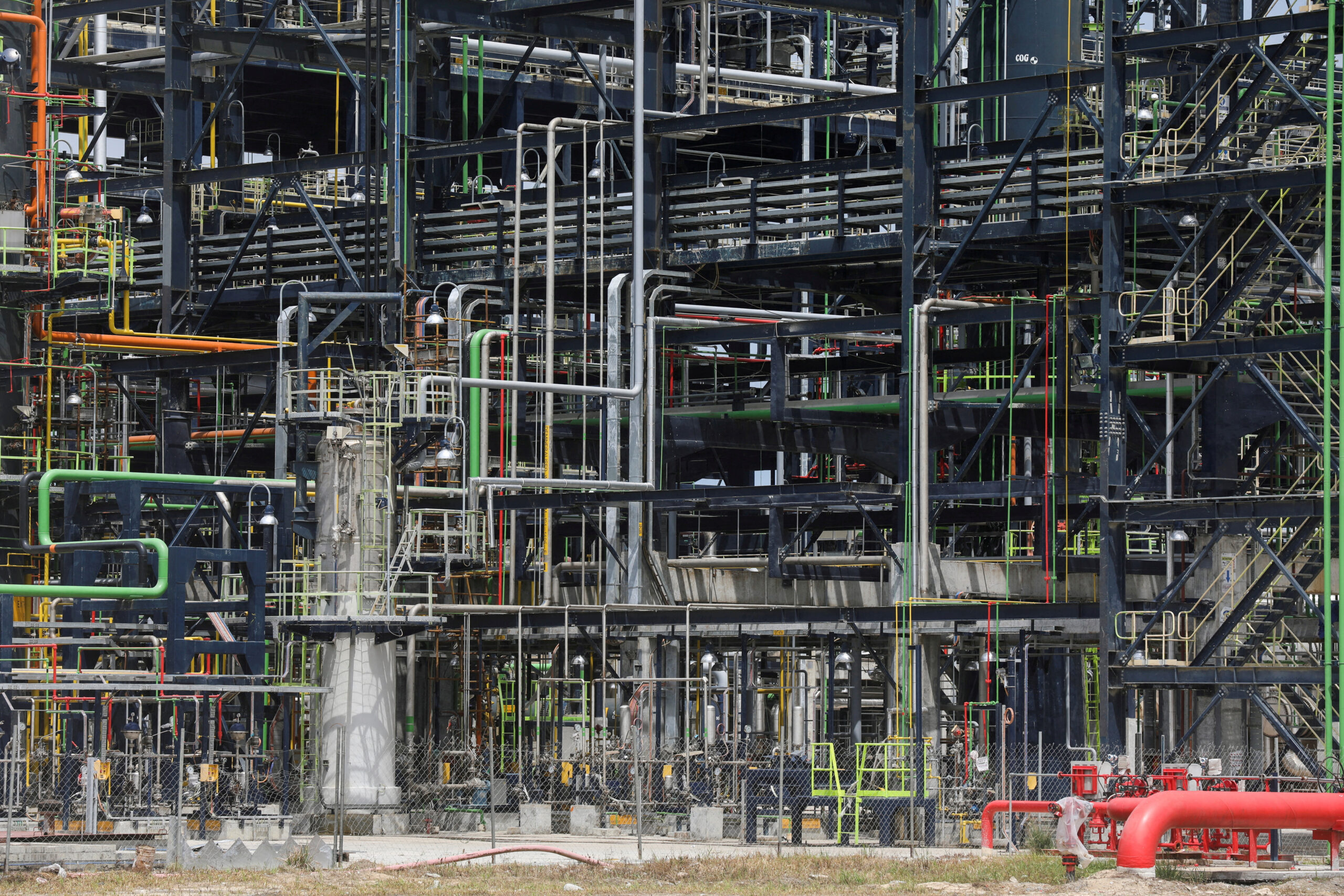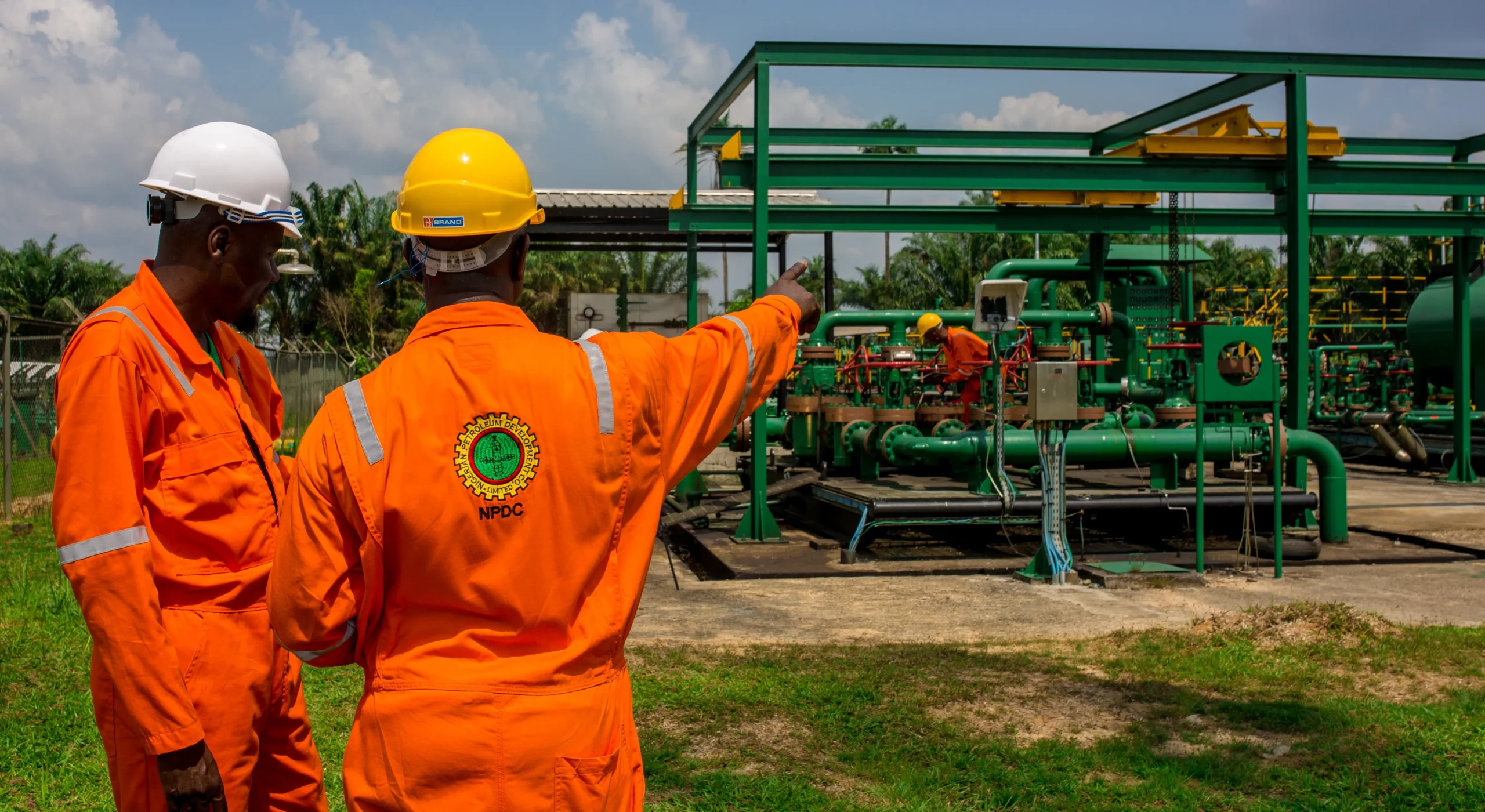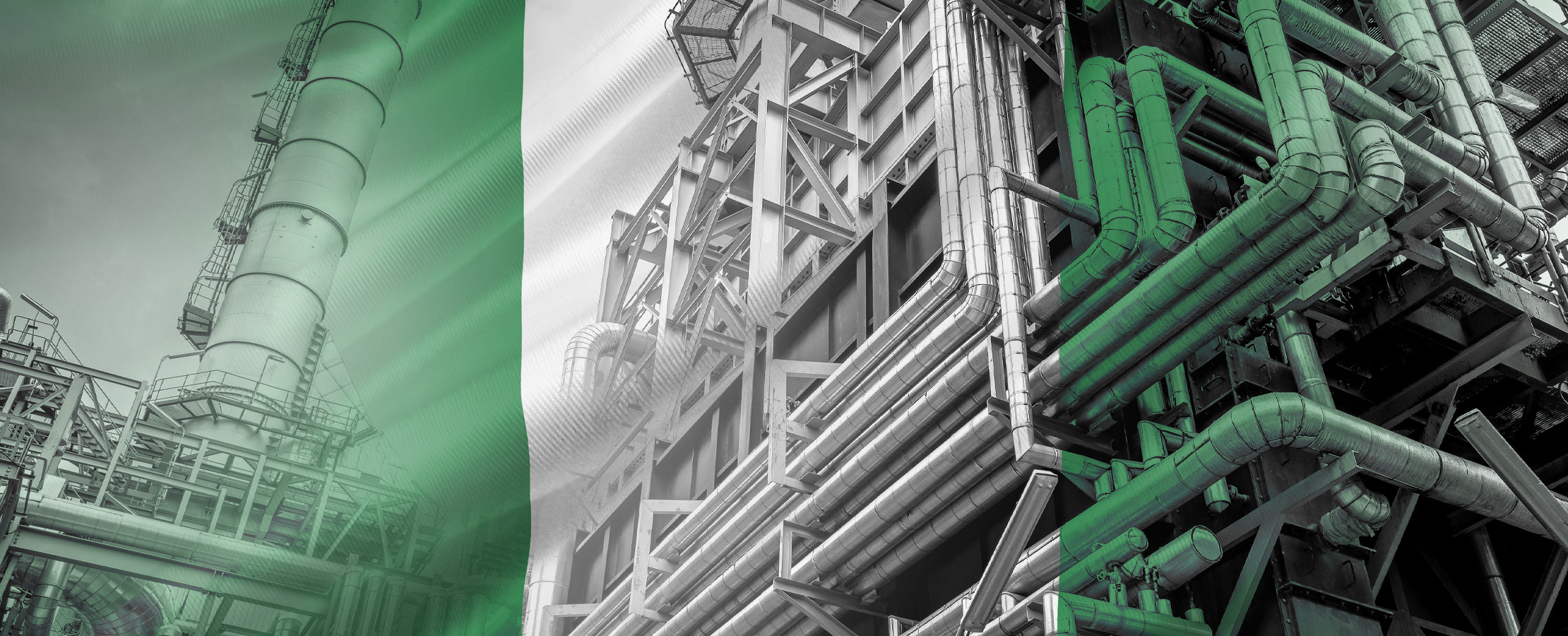P&ID, which stands for Process and Instrumentation Diagram, is an essential tool used in various sectors, including engineering, manufacturing, and processing industries. But when we delve into the question, “What is P&ID beyond its basic definition?”, it extends into a broader realm associated with Process and Industrial Developments Limited, a company that has been pivotal in shaping industry standards and practices. The significance of P&ID cannot be overstated, as it encapsulates a methodology and a set of standards crucial for the design, operation, and maintenance of industrial processes. Understanding P&ID goes beyond interpreting a set of diagrams, it is about grasping the heart of industrial operations and the complexities of engineering designs that ensure efficiency, safety, and regulatory compliance in industrial environments.

P&ID Meaning: Breaking Down the Acronym
The term “P&ID” encapsulates much more than initially meets the eye. At its core, the acronym stands for “Process and Instrumentation Diagram,” but the P&ID meaning extends into a critical representation of the physical and operational details of industrial projects. These diagrams serve as fundamental tools that engineers and operators rely on to understand the workflow and system relationships within a plant. They are not merely drawings but are detailed maps that provide insights into the operational intricacies and safety protocols of industrial sites. The significance of understanding the full scope of P&ID is paramount for anyone involved in the engineering, maintenance, and operation of process industries. As such, deciphering the layers behind P&ID is essential for ensuring the smooth and safe functioning of industrial operations. For students or professionals who need to articulate these complex concepts in their coursework or reports, the custom essay by essayservice.com can be a valuable resource. This service allows users to receive tailored essays that accurately and effectively communicate the technical and safety aspects of P&ID diagrams.
P&ID Stands For: The Full Explanation
When exploring what P&ID stands for, it’s critical to recognize that it symbolizes more than just a diagrammatic representation. P&ID stands for Process and Instrumentation Diagram, and these diagrams are the lifelines of the engineering and industrial sectors. They are detailed illustrations that depict the interactions between piping, vessels, pumps, valves, and other fundamental components of a processing plant. Understanding what P&ID stands for involves comprehending how these elements interact to facilitate industrial processes safely and efficiently. These diagrams are not only tools for planning and design but also crucial references for troubleshooting, safety audits, and compliance checks. Thus, P&IDs are indispensable in ensuring that industries operate smoothly while adhering to safety standards and operational best practices. For those looking to communicate complex processes effectively, presentation writing services can help create clear and professional visuals that enhance understanding.

The Origins and History of Process and Industrial Developments Limited
Process and Industrial Developments Limited, commonly known as P&ID, has a history that is both intriguing and contentious. The company’s origins date back to its establishment with the goal of facilitating the development of infrastructure and process facilities in various industrial sectors. However, the narrative of P&ID is not just about its contributions to industrial development, it also encompasses legal battles and controversies, particularly with the Nigerian government. The intricate history of Process and Industrial Developments Limited sheds light on the complexities of international business agreements, legal disputes, and the challenges faced by private entities in navigating the global industrial landscape. Understanding the origins and history of P&ID is essential for grasping the broader implications and challenges that come with international industrial projects and agreements. For those needing assistance in exploring such complex topics, Paperwriter can provide valuable support in crafting well-researched and detailed papers.
Key Components and Features of P&ID Development
P&ID development is a meticulous process that involves various key components and features. The essence of a Process and Instrumentation Diagram lies in its ability to present clear and concise information about the mechanical and operational elements of a plant. Key components of a P&ID include symbols and notations that represent equipment, piping, instrumentation, and control devices. These diagrams are engineered with precision to ensure that every valve, sensor, and operational parameter is accurately documented, facilitating operational clarity and safety. Features such as standardized symbols and detailed annotations add to the robustness of P&IDs, making them indispensable tools for engineering teams. Understanding these key components and features is crucial for anyone involved in the P&ID development process, as they ensure the diagrams serve their purpose as comprehensive guides for plant operations.

Applications and Impact of P&ID in Industry
The applications and impact of P&ID in the industry are profound and multifaceted. Beyond their primary role in illustrating the functional relationships within a process plant, P&IDs are instrumental in various phases of a project’s lifecycle, from design and construction to operation and maintenance. They facilitate interdisciplinary communication and collaboration, ensuring that engineers, operators, and safety personnel are aligned in their understanding of the plant’s workings. The impact of P&ID extends to areas such as safety management, regulatory compliance, and operational efficiency. In industries where safety and precision are paramount, such as chemical processing, oil and gas, and pharmaceuticals, the role of P&IDs is indispensable. Therefore, the applications and impact of P&ID in industry underscore their value as essential tools for ensuring that industrial processes are safe, efficient, and compliant with regulatory standards.
Challenges and Controversies Surrounding P&ID Operations
Despite the critical role of P&ID in industrial operations, the sector is not without its challenges and controversies. One of the most significant issues revolves around the complexities and legal disputes associated with Process and Industrial Developments Limited, especially regarding its contractual agreements with the Nigerian government. These legal battles highlight the risks and challenges inherent in international industrial projects and underscore the importance of transparency, due diligence, and legal clarity in business dealings. Furthermore, the accurate creation and maintenance of P&IDs pose technical and operational challenges, requiring skilled professionals and meticulous attention to detail. The controversies and challenges surrounding P&ID operations serve as a reminder of the intricate balance required between industrial development, legal integrity, and operational safety.

The Future of P&ID: Trends and Predictions
As we look toward the future, the trends and predictions surrounding P&ID suggest a landscape marked by technological advancement and increased regulatory scrutiny. Innovations such as digital twinning, advanced simulation, and AI-driven analytics are set to revolutionize how P&IDs are created, maintained, and utilized. These technological advancements promise to enhance the precision, efficiency, and safety of industrial operations. However, with these advancements come challenges, including the need for skilled personnel, data security concerns, and the importance of maintaining up-to-date and accurate P&IDs. As industries continue to evolve, the future of P&ID will likely be characterized by a blend of innovation and adherence to foundational principles such as safety, efficiency, and compliance. The journey ahead for P&ID development and application is poised to be both exciting and challenging, reflecting the dynamic nature of the industrial sector.
As we look toward the future, the trends and predictions surrounding P&ID suggest a landscape marked by technological advancement and increased regulatory scrutiny. Innovations such as digital twinning, advanced simulation, and AI-driven analytics are set to revolutionize how P&IDs (Process and Instrumentation Diagrams) are created, maintained, and utilized, particularly in process industrial settings. These technological advancements promise to enhance the precision, efficiency, and safety of industrial operations, addressing key pid facts in the modern era. However, with these advancements come challenges, including the need for skilled personnel, data security concerns, and the importance of maintaining up-to-date and accurate P&IDs. As industries continue to evolve, particularly in sectors handling complex materials like ethane, understanding ethane facts becomes crucial for effective P&ID implementation. Moreover, global interactions, such as those involving the Nigerian government, highlight the importance of geopolitical awareness and compliance with local regulations, underscoring the relevance of Nigerian government facts in international projects.
The future of P&ID will likely be characterized by a blend of innovation and adherence to foundational principles such as safety, efficiency, and compliance. The journey ahead for P&ID development and application is poised to be both exciting and challenging, reflecting the dynamic nature of the industrial sector. This evolution underscores the necessity for continuous improvement and adaptation in the face of emerging trends and regulatory demands.

